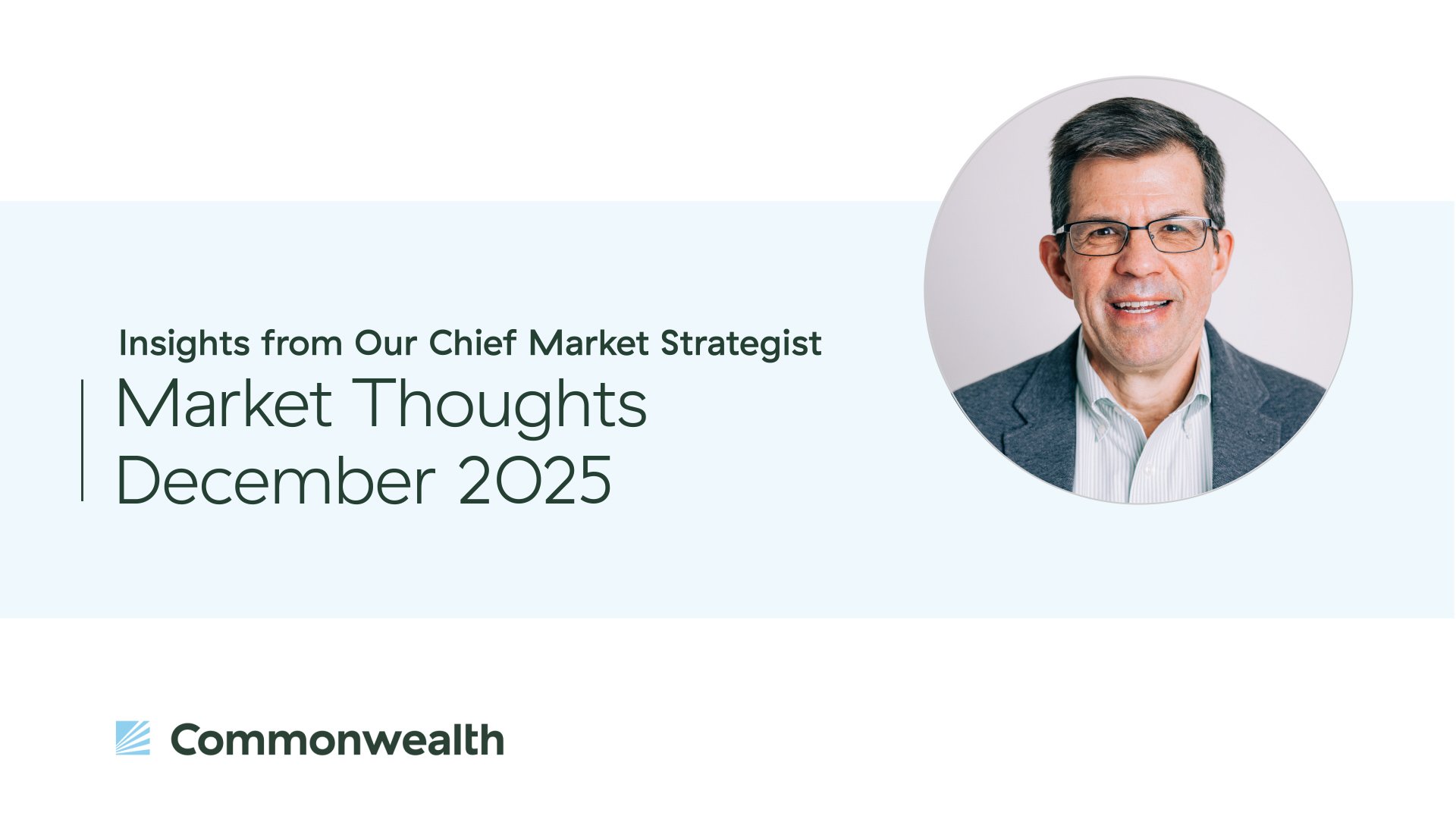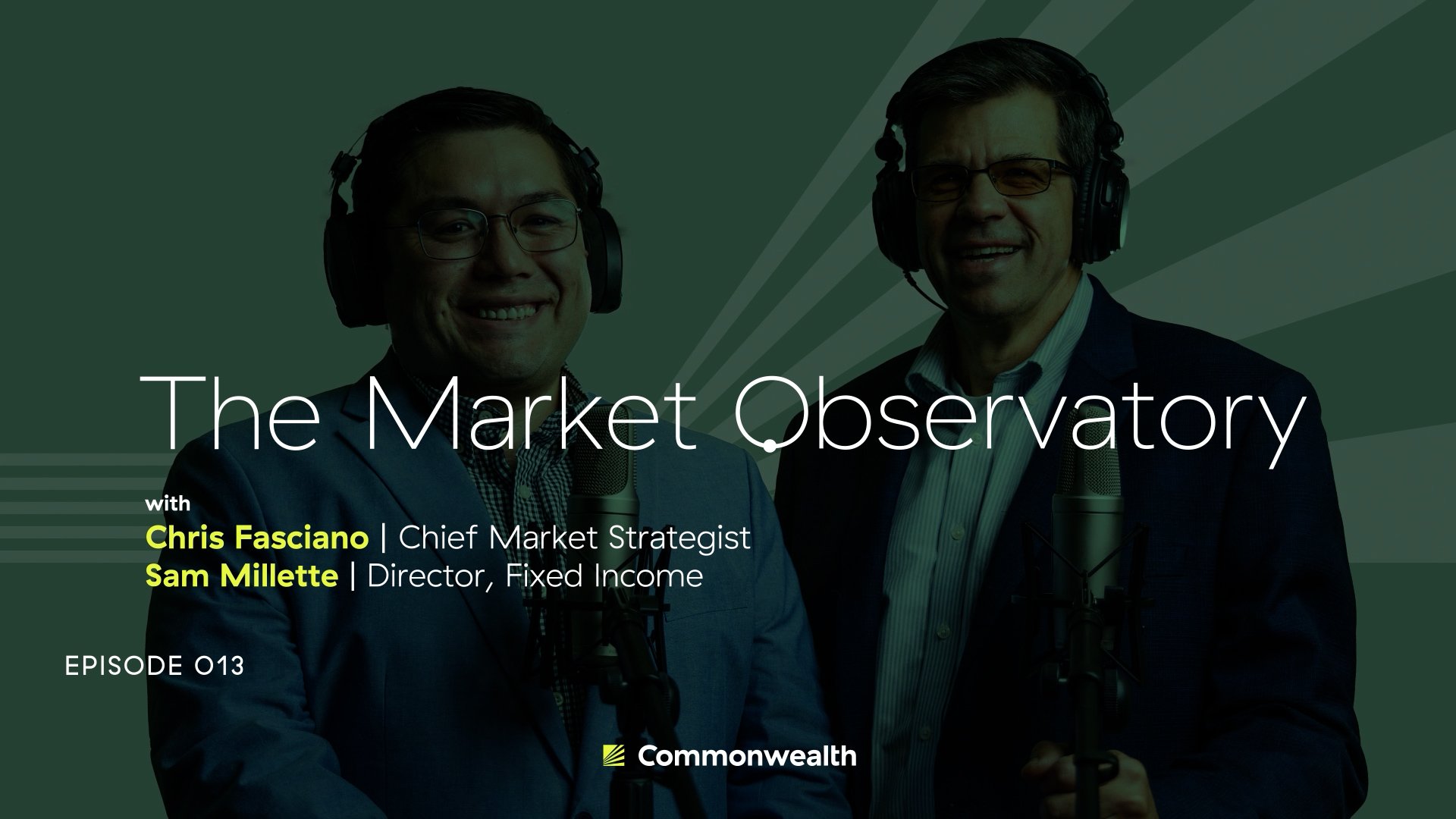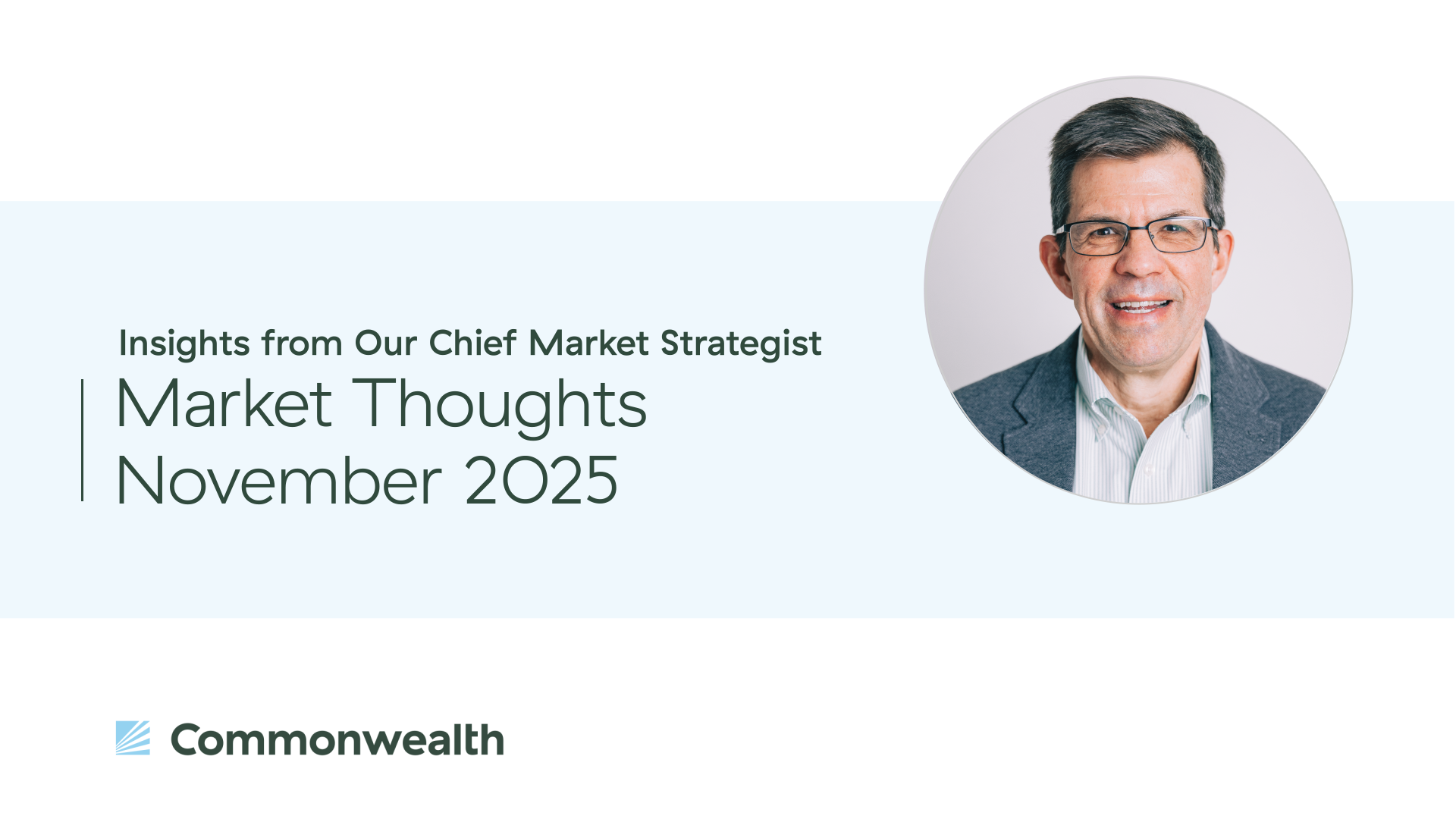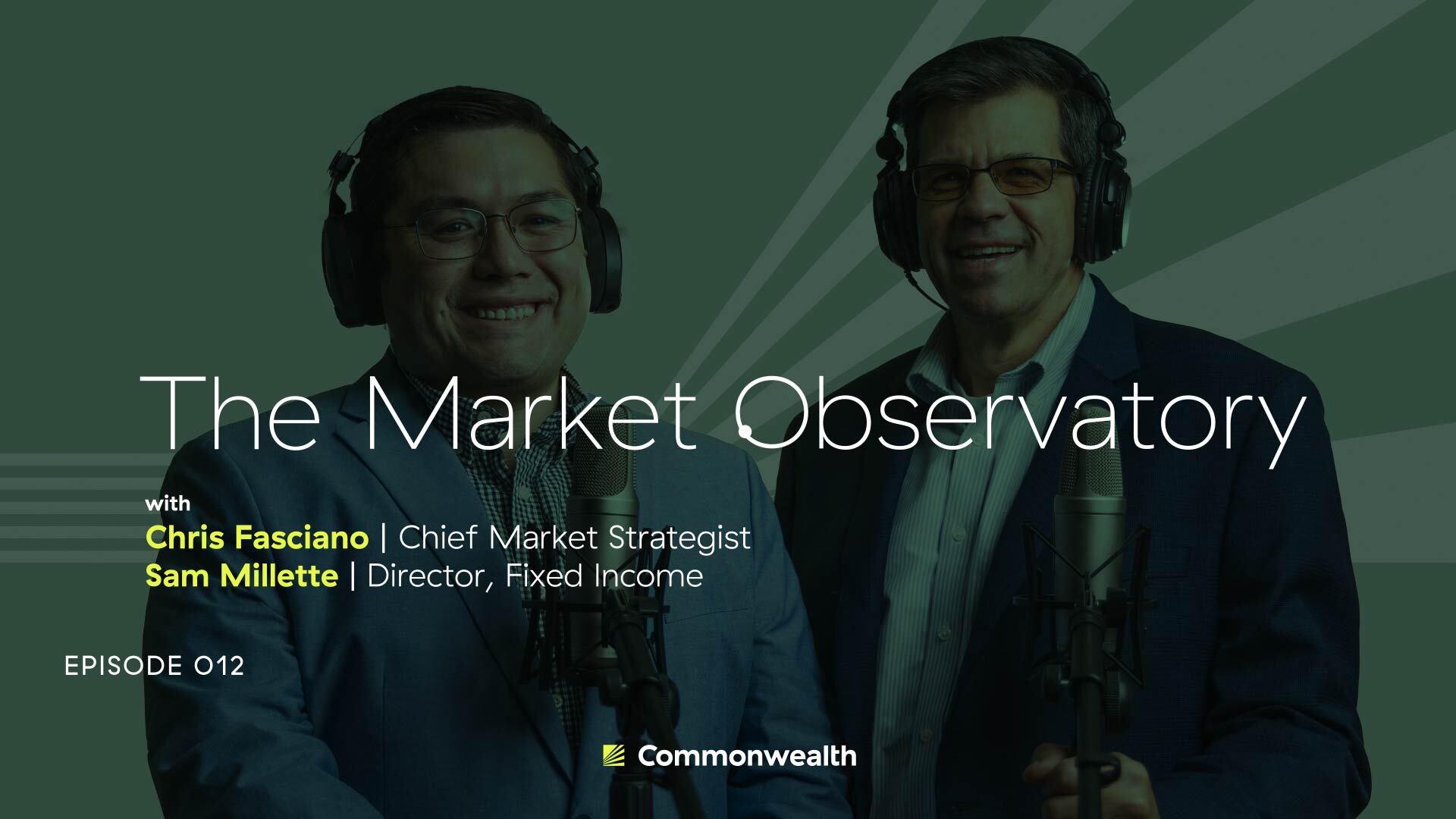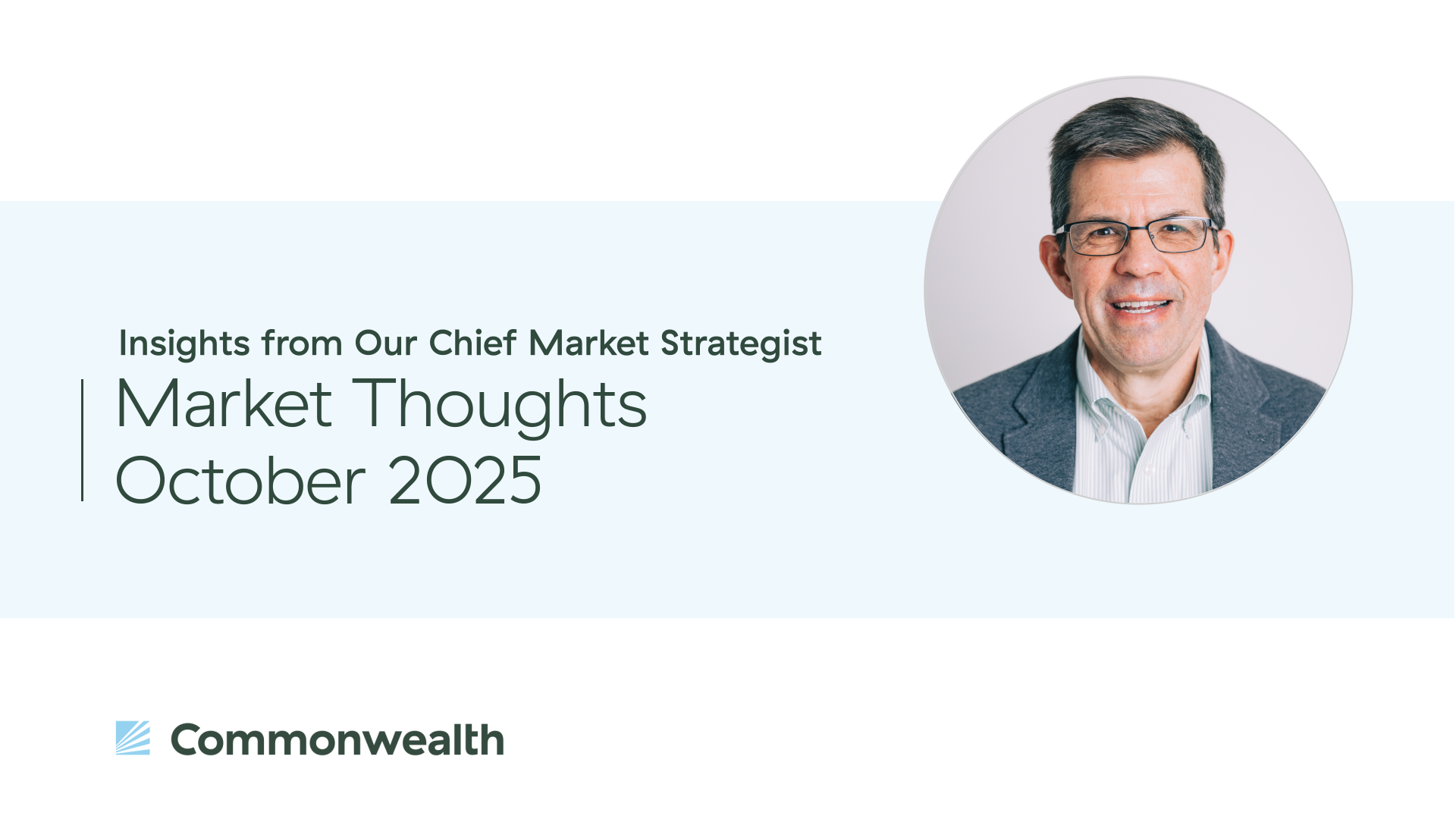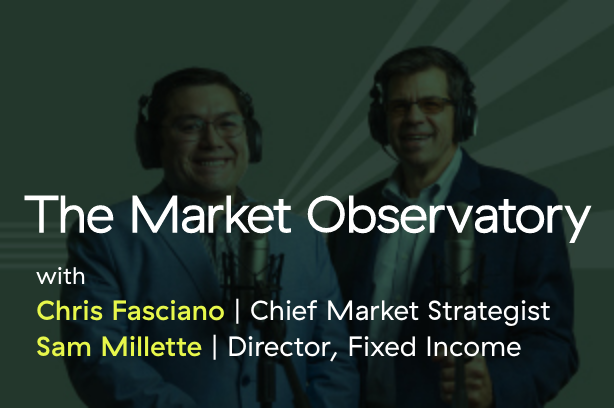As we get ready for 2026, investors are faced with some uncertainty about the path ahead. Consumer confidence has deteriorated, the jobs market seems to be slowing, and inflation has started to tick up. But against this backdrop, the market still seems positioned for another year of solid gains. So, what are the risks—and the opportunities—as we begin a new year?




